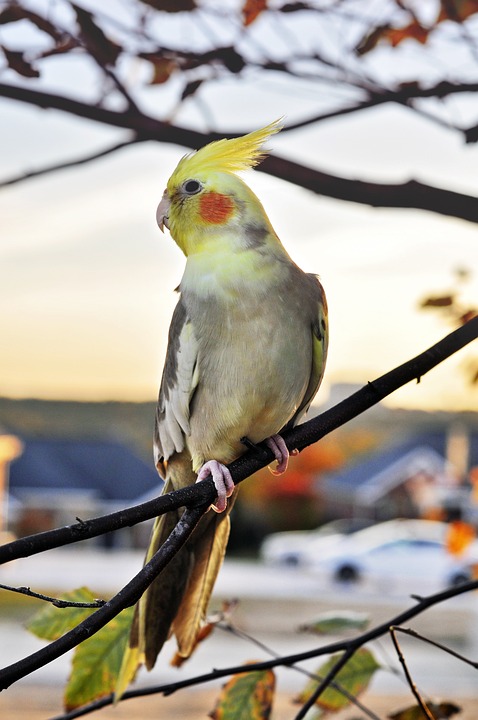Parrots are truly fascinating creatures with their vibrant colors and remarkable intelligence. But what sets them apart is their ability to communicate with humans. Understanding parrot behavior and learning how to effectively communicate with them can lead to a deeper bond and a more enriched relationship. In this article, we will explore the various ways parrots communicate, decipher their body language, and offer practical tips for effective communication.
Parrots, much like humans, use their body language to convey a range of emotions. By learning to interpret their signals, you can better understand their needs and desires. Feather posture is one important element to pay attention to. Fluffed feathers indicate relaxation, while sleek, tightly held feathers suggest alertness or potential aggression. Another key indicator is pupil size. Dilated pupils can indicate excitement or fear, while constricted pupils may signify contentment or aggression.
Head movements also provide valuable insights into a parrot’s emotions. Rapid bobbing may indicate curiosity or interest, while slow, deliberate movements can indicate caution or potential aggression. Vocalizations are another important aspect of parrot communication. Each parrot has a unique repertoire of sounds, ranging from squawks to melodic tunes. Paying attention to the context and tone of their vocalizations can help you understand their intentions.
Body posture is yet another indicator of a parrot’s emotional state. A relaxed parrot will have a slightly rounded posture, while an aggressive parrot may lean forward with a raised crest. By observing these body language cues, you can gain a better understanding of your parrot’s emotions and respond accordingly.
Now that we have familiarized ourselves with the basics of parrot body language, let’s explore some effective techniques for communicating with these intelligent creatures. Establishing a routine is crucial, as parrots thrive on predictability. By setting a consistent schedule for feeding, playtime, and training sessions, you can help them feel secure and foster a sense of trust.
Positive reinforcement is also key to effective communication with your parrot. Rewarding desired behaviors with treats, praise, or a favorite toy encourages them to repeat those behaviors. Using clear and consistent verbal cues is another important technique. Associating specific words with actions or requests helps your parrot understand your expectations.
In addition to verbal cues, nonverbal gestures can also be effective in communicating with your parrot. For example, extending your hand with an open palm can signal the command for stepping onto your hand. By using both verbal and nonverbal cues, you provide multiple avenues for communication.
Patience and observation are essential when it comes to parrot communication. It takes time and patience to build trust and understanding with your parrot. By observing their body language and vocalizations, you can adjust your approach accordingly and strengthen your bond over time.
Here are some frequently asked questions about parrot communication:
Q1. How long does it take for a parrot to learn to understand verbal cues?
A1. The time it takes for a parrot to learn verbal cues varies depending on the individual bird and the consistency of training. Some parrots may pick it up quickly within a few weeks, while others may take several months.
Q2. Can parrots understand human emotions?
A2. Parrots are highly perceptive creatures and can often sense human emotions. They may respond to your emotions by mimicking your behavior, vocalizing differently, or offering comfort.
Q3. Are there any specific words or phrases that parrots tend to learn faster?
A3. Parrots often pick up on repetitive or frequently used words and phrases faster. While there are no definite rules, consistency in training and repetition can help them learn more quickly.
Q4. How can I encourage my parrot to communicate more?
A4. To encourage communication, engage in interactive playtime, offer a diverse range of toys and puzzles, and spend quality time with your parrot. This will stimulate their natural curiosity and encourage vocalizations.
Q5. Is it possible to teach a parrot to use certain vocalizations for specific needs?
A5. Yes, parrots can be trained to use specific vocalizations to communicate their needs, such as requesting food or attention. Consistent training and positive reinforcement are key to achieving this.
In conclusion, effective communication with your parrot is built on understanding their body language, establishing routines, using clear cues, and being patient. Developing a strong bond through communication will enhance your parrot’s well-being and strengthen your relationship. Happy parrot-keeping!









